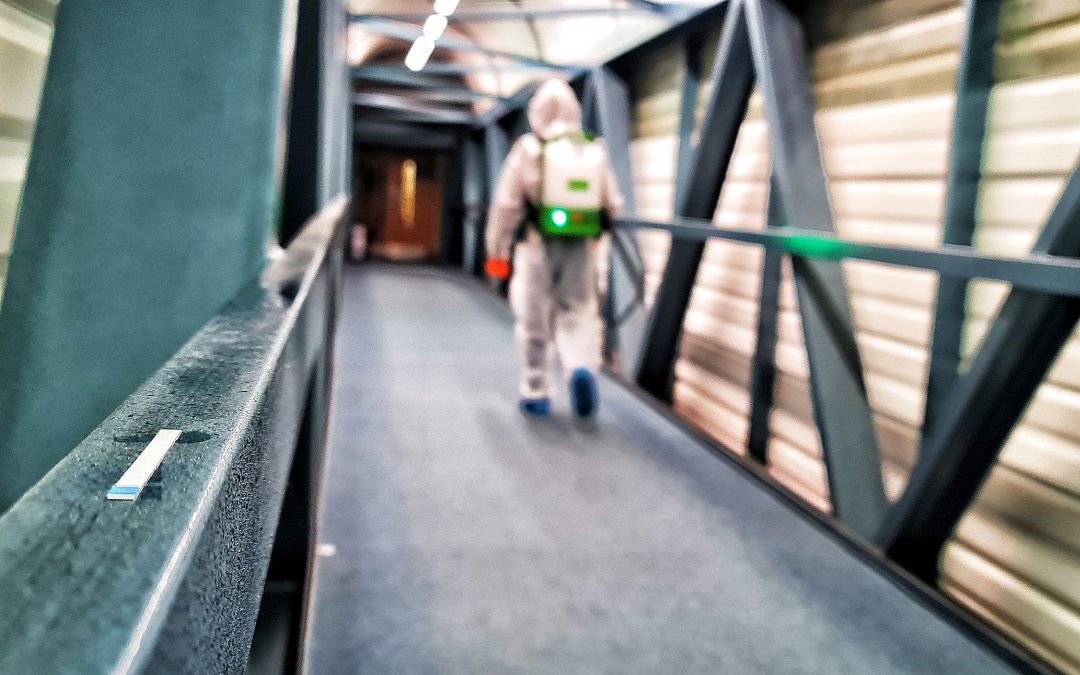With the rise of misting/fogging systems, initially designed for large area herbicide and fungicide spraying, studies have shown that pathogens are washed off rather than destroyed and contained.
Whilst we are seeing claims that disinfectants used in the inferior and misused garden sprayers kill the COVID-19 virus, the sprayers do not provide disinfection to surfaces due to their lack of ability to positively charge the disinfectant so that it will adhere to surfaces and objects.
They are promoting the disinfectant kill claim but overlooking the ability to apply the disinfectant so while that may work for a garden, it is not designed to work effectively in an office environment.
Are you unknowingly spreading pathogens throughout your organisation?
Evaluation of Electrostatic Sprayers for Use in a Personnel Decontamination Line Protocol for Biological Contamination Incident Response Operations, was produced by the US Environmental Protection Agency in 2018.
We chose electrostatic spraying to fully charge and atomise a non-toxic and non-corrosive disinfectant. This combination ensures disinfection and reduces contamination of other areas through runoff.

6.4 Results Summary and Discussion
Average surface decontamination results for both sprayer types indicated an LR of greater than or equal to 6 for most materials (except latex), suggesting that both sprayer types provide the same level of decontamination efficacy (p-value = 0.49). However, liquid runoff sample results for the regular backpack sprayer show a significant number of viable spores in the runoff, indicating that the spores were washed off the test coupons during the decontamination process. Conversely, for the electrostatic sprayer, few to no viable spores were observed in the liquid runoff samples for all material types, suggesting that the spores were not washed off the coupons and were inactivated during the five-minute contact time using the DB solution.


Recent Comments